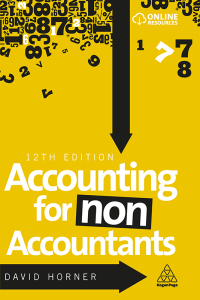Question
P&G is a global leader in the fast-moving consumer goods industry, focused on providing branded consumer packaged goods of superior quality and value to its
P&G is a global leader in the fast-moving consumer goods industry, focused on providing branded consumer packaged goods of superior quality and value to its customers around the world. Its products are sold in more than 180 countries and territories primarily through mass merchandisers, e-commerce, grocery stores, membership club stores, specialty stores, pharmacies, etc. P&G has 5 business segments; Beauty, grooming, Health Care, Fabric & Home Care, and Baby, Feminine & Family Care. During 2019 realized a gain of $1,091million (recorded as other non-operating income on the financial statements) on its holdings of Bitcoin. It was a speculative investment at the time and P&G has disposed of its complete holdings of Bitcoin in 2019. During 2017, P&G completed the sale of four product categories in the Beauty Brands business, including the global salon professional hair care and color, cosmetics and fragrance businesses. P&G recorded a loss of $5,217 million in 2017. Please find attached the financial statements for P&Gs June 30, 2019 and 2018 fiscal year.



Required:
Ratios for a competitor are shown below:
|
| 2019 | 2018 |
| Total Debt to Equity | 3.72 | 3.65 |
| Return on Equity | 35% | 38% |
| Profit Margin | 15% | 12% |
| Gross Profit Margin | 34% | 37% |
| EBITDA | $3,379 | $3,256 |
| Days Sales Outstanding(DSO) | 39 days | 33 days |
| Days Inventory On Hand(DIOH) | 58 days | 54 days |
| Days Payable Outstanding(DPO) | 97 days | 77 days |
- Which ratio, above, indicates the risk of an organization? Compare the ratio for both companies, what is your assessment? Ie which company is more risky and why? Is P&G more or less risky in 2019, compared to 2018? Explain your reasoning
- Using the relevant ratios above, which company is performing better, from a shareholders perspective? When answering, state the ratios you are using; evaluate the trend from 2018 to 2019 for both companies; compare.
Step by Step Solution
There are 3 Steps involved in it
Step: 1

Get Instant Access to Expert-Tailored Solutions
See step-by-step solutions with expert insights and AI powered tools for academic success
Step: 2

Step: 3

Ace Your Homework with AI
Get the answers you need in no time with our AI-driven, step-by-step assistance
Get Started


